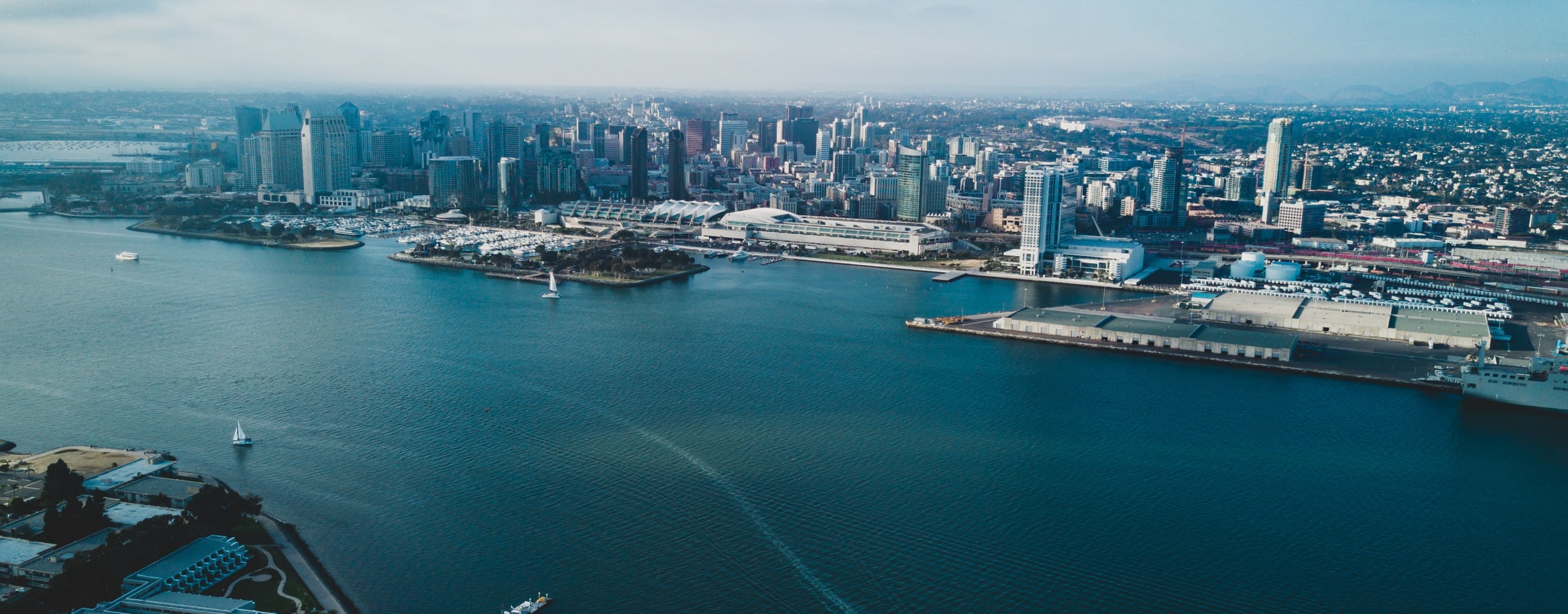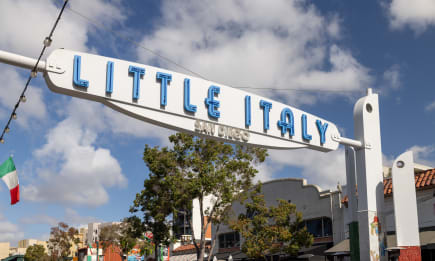
San Diego: A guide to vacation rentals
San Diego is known for its temperate climate and beautiful beaches, but it’s also a cultural gem with a trendy dining scene. A vacation rental is the best way to explore all that the city has to offer.
Kasa's vacation rentals in San Diego
With vacation rentals in the city’s most exciting neighborhoods, Kasa offers comfortable and convenient accommodations no matter what brings you to San Diego or where you need to go.
Kasa's vacation rentals in San Diego
- 4.01 Total rating: 4.01 based on 387 reviews.
Hotel





Kasa Gaslamp Quarter San Diego
- AC
- Full kitchen
- City center
Enjoy the best of San Diego at Kasa Gaslamp Quarter, located in the heart of downtown. Travel is made effortless in our cozy, fully furnished...
See availability - 4.85 Total rating: 4.85 based on 532 reviews.
Apartment





Kasa Little Italy San Diego
- Parking
- Outdoor pool
- Fitness center
Discover a resort-inspired retreat at Kasa Little Italy, located in San Diego's most desirable neighborhood. Indulge in stylish comforts with our...
See availability
Discover San Diego
After booking your vacation rental in San Diego, here's everything you need to know for your trip.
San Diego is the eighth largest city in the U.S. and the second largest in California after Los Angeles. It’s located on the Pacific Ocean at the Mexican border. (Tijuana is just to the south.) Famed for its temperate climate and gorgeous beaches, San Diego came to be thanks to its geography: the city is built around a deep protected bay.
Between 1,000 CE and the arrival of European explorers, the Kumeyaay people inhabited the region that now includes San Diego. The present-day’s city’s Old Town is built on the site of the Kumeyaay village of Cosoy. The first European colonists were Spanish, and the city is named for the Spanish saint Diego de San Nicolás. San Diego became part of the Mexican territory of Alta California in 1821 when Mexico won its independence from Spain, and Mexican settlers and the Kumeyaay were in frequent conflict. In 1848, the United States conquered Alta California, and San Diego became part of the United States. Unti 1878, the town was small and sleepy. Then a railroad station arrived, making it more accessible.
The Navy has a significant presence in San Diego, dating back to the early 1900s, when naval facilities began to crop up throughout the area. Around World War I, San Diego also became a hub for aircraft development and manufacturing. San Diego’s military identity was sealed during World War II, when it became a major center of wartime operations, and the city’s population surged during and after the war.
After the Cold War, the city’s military economy pared back, and technology and science became new sources of dynamism. So did tourism, with loads of visitors descending on the city because of its natural beauty and its increasing number of attractions. The city’s downtown has been revitalized with exceptional shops, restaurants, bars, and entertainment, and there are great short-term rental options near it all.
San Diego is served by San Diego International Airport, a busy airport located just north of the city’s downtown. Most flights to and from the airport are domestic, but you can fly nonstop from San Diego to Canada, Japan, Mexico, and parts of western Europe. Heads up: as you land and take off, you’ll be thrillingly close to the downtown’s skyscrapers because of the city’s layout.
The Amtrak Intercity and COASTER commuter trains both make it easy to get to San Diego from other parts of California as far north as Los Angeles and Orange Counties.
Within the city, there are networks of bus lines and trolley lines that can take you to almost any neighborhood you want to visit. Downtown San Diego is highly walkable, but if you’re venturing farther out and don’t want to use public transportation, you’ll want to drive a rental car, take a taxi, or use a rideshare service.
Biking in San Diego is also lovely thanks to its varied terrain, excellent climate, gorgeous ocean views, and top-notch people watching.
Balboa Park was built for the 1915 Panama California Exhibition, and its extraordinary Spanish-style buildings remain largely unchanged. The vast, 1,400-acre grounds include a range of exceptional sights: the celebrated San Diego Zoo, one of the best zoos in the country; the San Diego Museum of Art; the Museum of Natural History; the Museum of Man; botanical gardens; lily ponds; and more. You could easily spend multiple days exploring all of Balboa Park’s treasures.
Along San Diego’s waterfront, you can learn about the city’s impressive naval history at the USS Midway Museum, a decommissioned aircraft carrier with historic aircraft and exhibits galore. (You can even test your pilot skills in the museum’s flight simulator.)
San Diego’s Old Town is the site of the indigenous village that preceded European settlement, and it’s designed to bring visitors back in time to an earlier period in the city’s history, before California was part of the U.S.
San Diego’s waterfront Little Italy neighborhood is one of the city’s culinary hotspots. You can absolutely get great Italian food here. But the food scene has evolved to include a range of menus and atmospheres, from the casual to the elite. Outstanding Asian food can be found in Kearny Mesa, where unfussy restaurants serve up dishes from a range of regional cuisines. For some of the city’s best Mexican food, head to Barrio Logan, an artsy neighborhood with vibrant murals.
San Diego is famed for its great weather and lovely beaches. If you’re beach-bound, the only question is: which beach do you want to go to? Mission Beach is the perfect place to start. Its boardwalk is lively, and you can eat lunch with a view of the water.
If you’re interested in surfing, Del Mar is an excellent destination, although there are other beaches where surfing is popular too. If you miss the dog you left at home during your trip, Ocean Beach’s Dog Beach lets dogs off leash.
If you’re interested in getting above the city, Point Loma is stunning. You can see straight to Mexico if the weather cooperates.
While you’re in town, make sure to eat plenty of avocados. San Diego produces more avocados than anywhere else in the U.S.
But water isn’t plentiful in the city (true of much of California). San Diego imports 168 million gallons of water a day. That’s more than enough to circle the Earth if the water were put into bottles.
We have San Diego to thank for drive-through restaurants. The first one was opened here in the mid-twentieth century by the future founder of Jack in the Box.